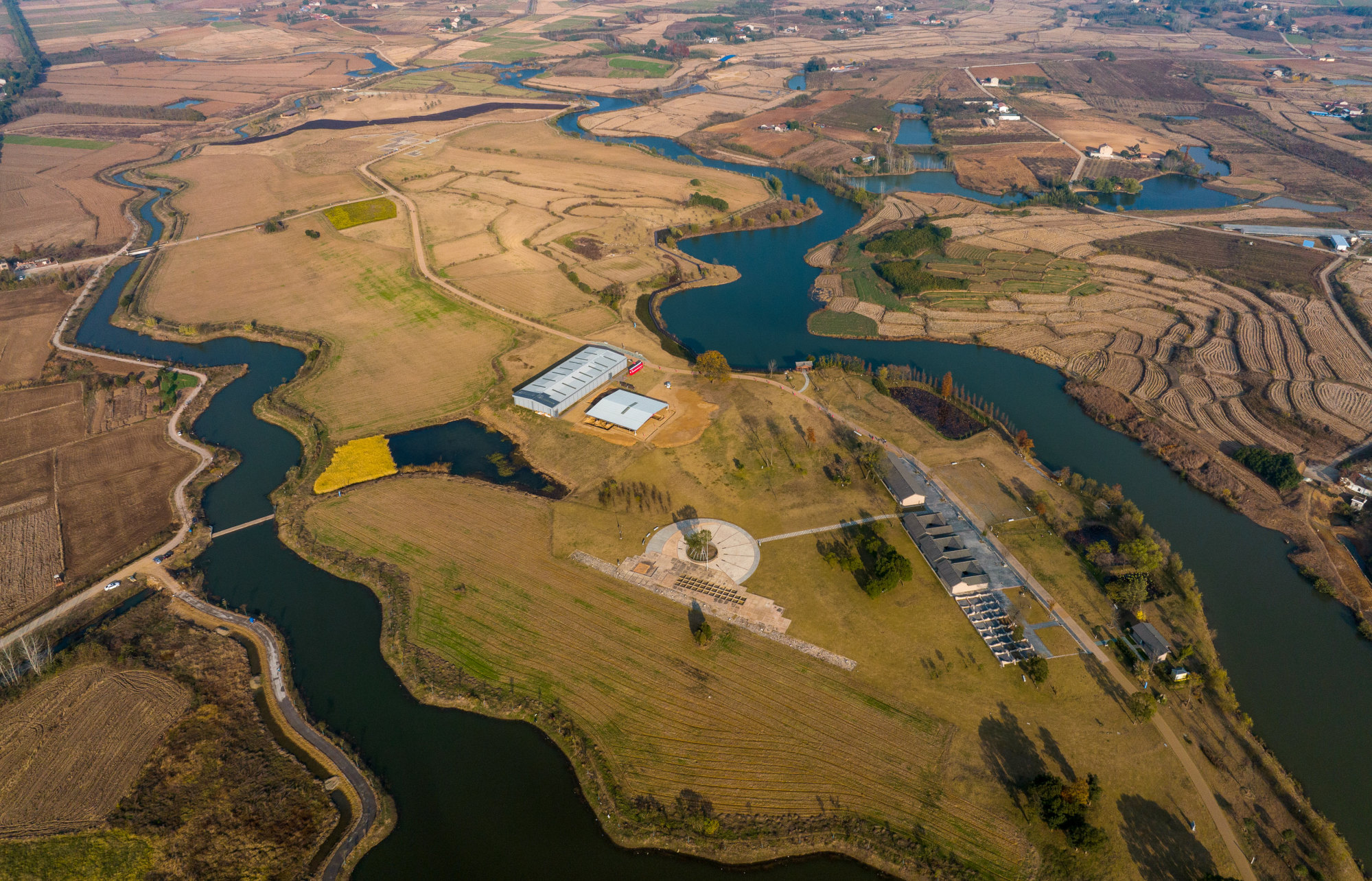
Stone Age dam and infrastructure point to rise of a ‘great power’ in central China thousands of years ago
- The Xiongjialing Dam was part of an extensive water management system built on a tributary of the Qingmudang River around 5,000 years ago
- The Neolithic discovery at the Qujialing site in Hubei has given valuable insights into the advances of ancient civilisations
“Unearthed relics and dating data show the dam dated back to between 5,100 and 4,900 years ago. It is the earliest water conservancy facility discovered in China so far,” Tao Yang, researcher with the Hubei Provincial Institute of Cultural Relics and Archaeology, said at an archaeologist meeting on Monday.
Measuring two metres tall (6.5 feet) and 180 metres long, the Xiongjialing Dam was built on a tributary of the Qingmudang River and later expanded during the autumn and winter dry seasons, according to Tao.
The Jianghan Plain, home to the Qujialing culture, is rich in water resources with a dense river network. But due to climatic extremes, storing water while also preventing floods is crucial to living in the region, the scientist said.

A three-year excavation of the Hubei dam revealed that to its east is a reservoir with a spillway attached to discharge excess water during flood seasons. An 8.5-hectare irrigation area was also found to the west, in an area that was once home to a prehistoric paddy, according to the scientists.
Some parts of the dam exhibit marks of manual pounding, compaction and reinforcement – a sign of the ancient civilisation’s advanced building techniques. Local earth mixed with root plants was also used in the construction, just like steel reinforcement bars in modern architecture.
He Nu, a researcher with the Institute of Archaeology of the Chinese Academy of Social Sciences, said the design showed that people of that time had learned to use water based on the landform, a step ahead of simply defending themselves against floods.
“This water conservancy project is a large-scale endeavour organised by a great power which mobilised labour. It could be seen as a national undertaking,” He said, as reported by the official newspaper of the Ministry of Water Resources.
How Xi’s nod to ancient Chinese ruins reinforces Beijing’s historical narrative
“The findings confirm the existence of a water management and control system within the middle reaches of the Yangtze River which was used for irrigation.
“This development represents the epitome of advanced productivity in the era dating back more than 5,000 years,” He said.
Archaeologist Liu Bin, a professor at the Zhejiang University School of Art and Archaeology agreed, saying that the ancient city at the Qujialing site used water management to support its society.
The Xiongjialing Dam is almost as old as the Jawa Dam in Jordan, which is the oldest known dam in the world. It was constructed around 3,000BC as part of a reservoir system in Mesopotamia.
According to Guinness World Records, the Proserpina Dam in Spain is the world’s oldest working dam. It was constructed by the Romans around the late 1st century into the 2nd century, and refurbished in 1991.

